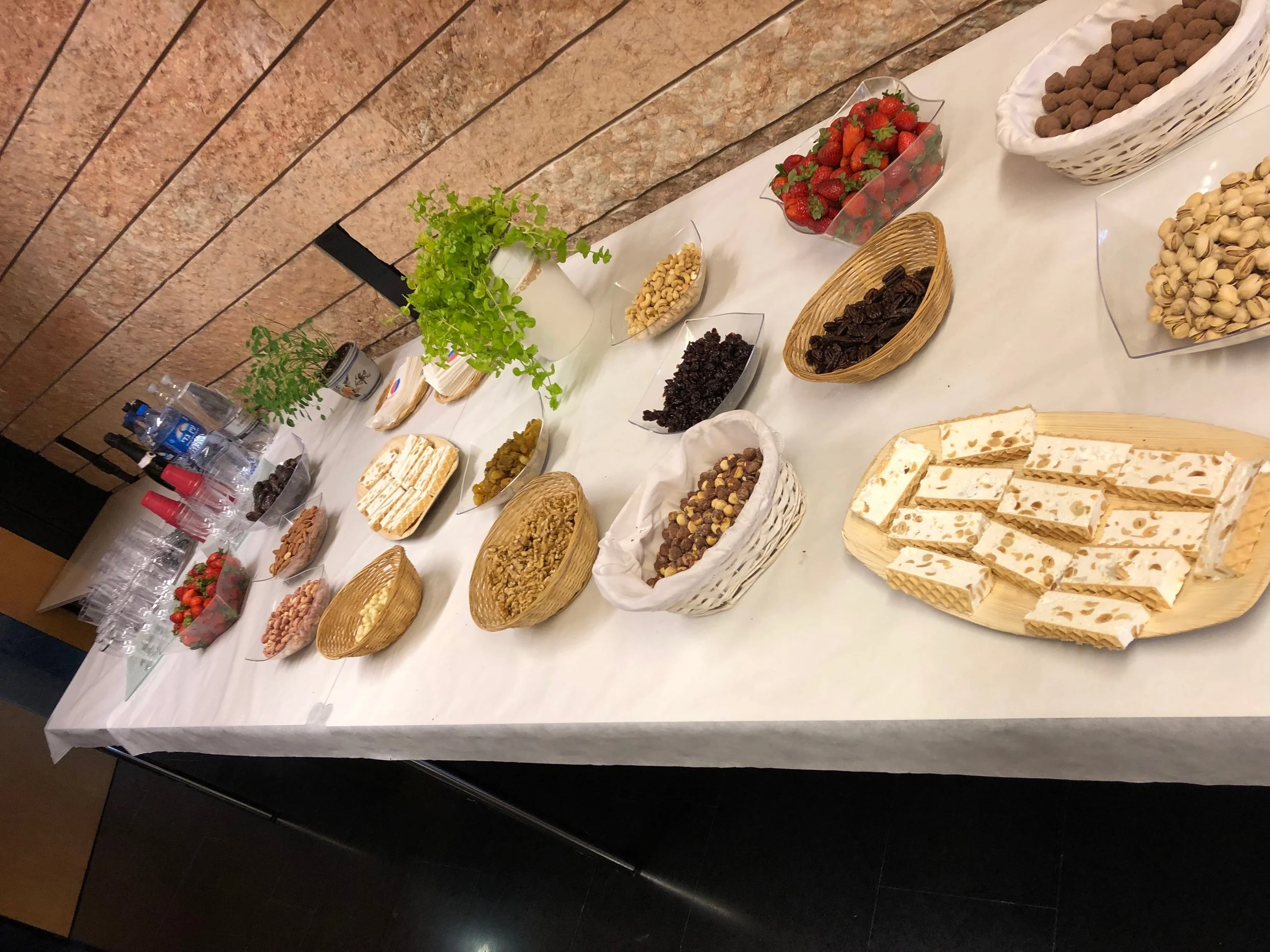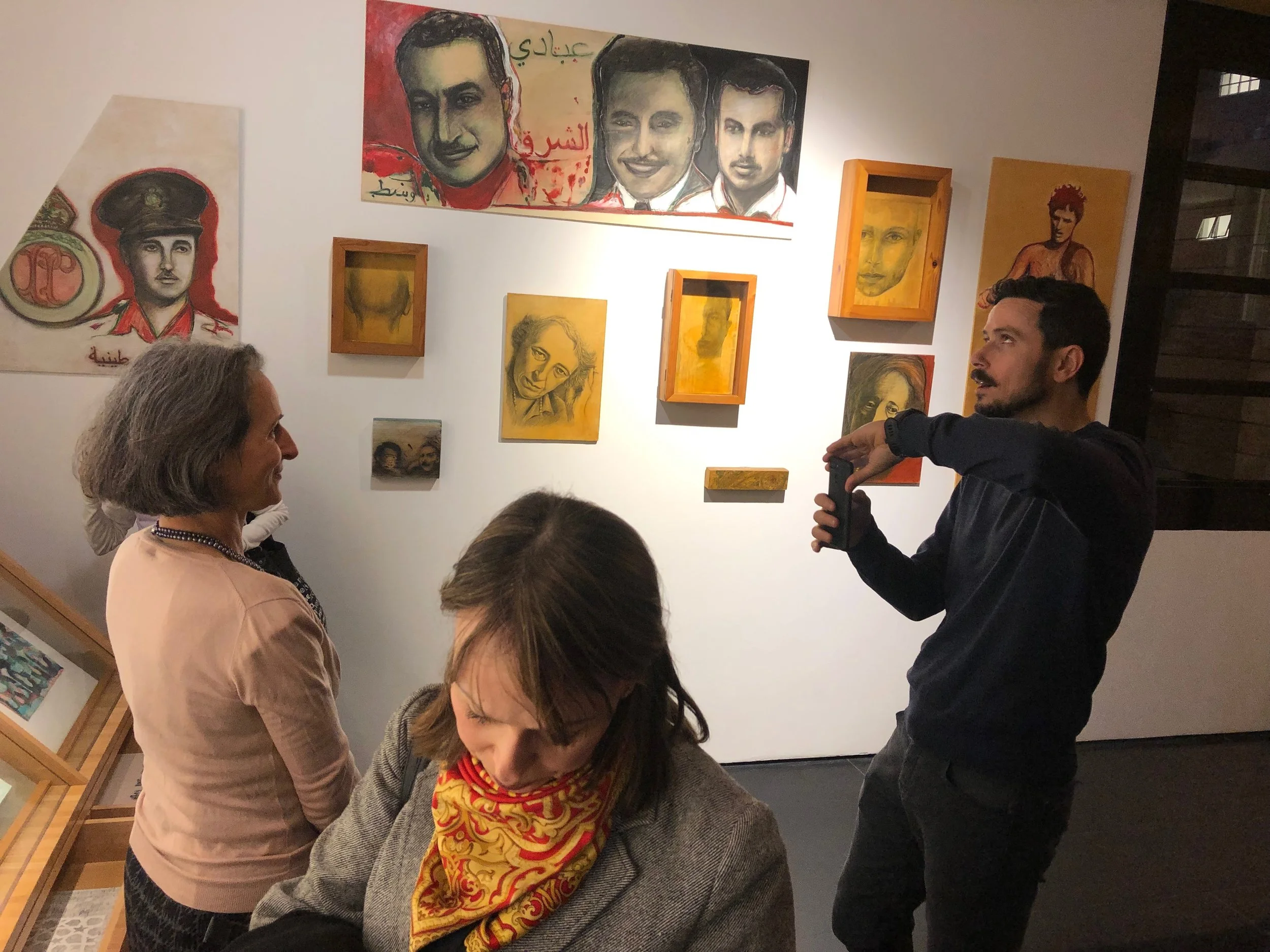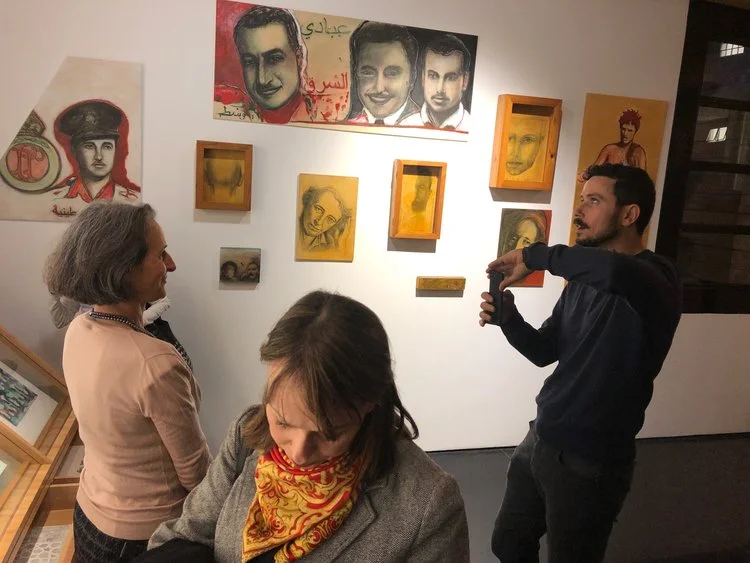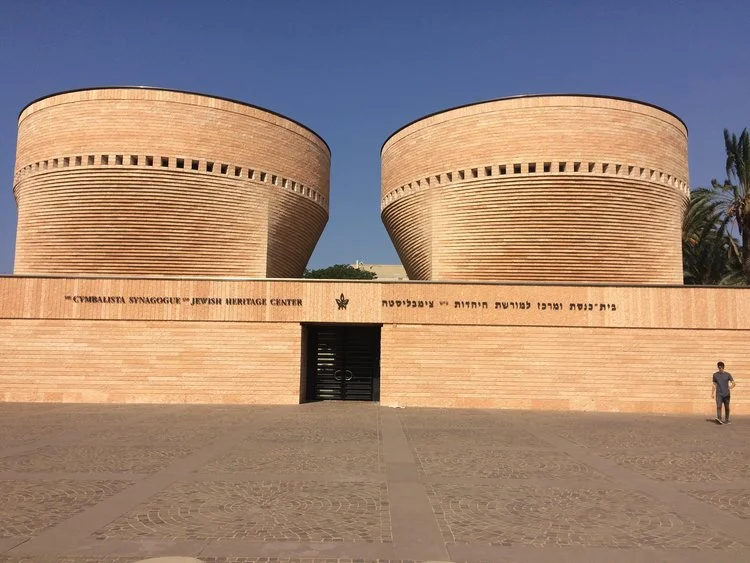In The East
The Jerusalem Biennale’s Exhibition
The Cymbalista Jewish Heritage Centre, Tel Aviv University
February 27 - April 17 , 2019
Poet Rabbi Yehuda Halevi, writing in 12th century Spain, lamented, “My heart is in the East, but I am in the farthest West”. The exhibition In The East presents its converse: all of the artists are active in the local, Levantine, Middle East. They are identified and identify themselves as part of it, search for their roots within it, while simultaneously exposed to the discourse of western art and culture, are impacted by the west, and maintain a multileveled dialogue with it. A close look at the oeuvre of each artist raises questions about contemporary understandings of “East” and “West” with their geographic, social, and cultural aspects, raising a complicated and not necessarily coherent picture of Israeli art and its relationship to the global art field.
Daniela and Shai Azoulay, Meydad Eliyahu, Neta Elkayam, Ofer Grunwald, Maya and Porat Salomon, Shy Abady, Lida Sharet Massad
Curators: Ram Ozeri and Vera Pilpoul
The exhibition “In The East” was initiated and produced by The Jerusalem Biennale, devoted to researching and promoting the interfaces between contemporary art and the Jewish world of content. The Fourth edition of The Jerusalem Biennale is set to open on October 10, 2019.
Gallery Talk
Thursday, April 4 at 17:00, The Cymbalista Centre at Tel Aviv University
On the heels of an amazing opening event, we are holding a gallery talk to discuss the position of Israeli Artists between East and West, with the participation of:
David Guedj Historian of the Jews in Muslim Lands, Tel Aviv University
Rachel Getz Salomon Researcher of Gender and Ethnicity, Technion’s Faculty of Architecture
Participating artists Shay Abady, Ofer Grunwald and Shai Azoulay
The curators Ram Ozeri and Vera Pilpoul
More about In The East
Shy Abady is showing paintings from his most recent series, “Return to the Levant”, along with a selection from the previous series engaged explicitly in western European themes: “THE RETURN OF THE DESIRE,” “My Other Germany,” “The Hannah Arendt Project,” and “Icon.”
Shay and Daniela Azoulay have created a complex installation comprised of Shay’s paintings from recent years and Daniela’s ceramic sculptures. In some of the works, Shay turns an external, “Orientalist” gaze on himself, while in other works made at the same time, the motif of wings reappears, drawn from Matisse’s works. Daniela’s sculptures from eggshells and porcelain integrate imagery associated with the connection to the earth and rootedness contrasted with legendary birds in flight.
Meydad Eliyahu’s “chandelier” merges identities, as the artist’s head and body become the base out of which expressive, decorative images break through. Over the past few years, Eliyahu has been researching and making art mainly inspired by the extinct Jewish community of Cochin (in southern India), or The Far East. The works on view were made during an artist residency in Venice, thus they comprise both traditional motifs found in Indian-Mughal art integrated with motifs from the Venetian Baroque.
Lida Sharet Massad borrows patterns from Islamic art for her series “Ornament,” some of which are reminiscent of the schema Mordechai Ardon used in his paintings. The personal ornament on display is made from the decorated fonts of the combined Hebrew words for “IMA-ABBA” (Mom-Dad in Hebrew) forming an encounter between the symbolic image abstracted to an extreme with the most personal and concrete.
Neta Elkayam’s works connect the horizons of various cities: Yeruham and Jerusalem (east and west), Tangiers and Casablanca. The series “Lifeline” creates links between geographically distant horizons which constitute part of the same horizon line of biographical identity. In this case, the yearning for the West is the longing for the North African roots – the Maghreb as literally The West.
Maya and Porat Salomon are exhibiting several sculptures created through a unique technique. Mia’s ceramics were shot with actual bullets by Porat while the clay was still moist. The bullets take an active part in shaping the final form of the artworks, testifying to the local reality of conflict.
Ofer Grunwald’s installation is made of a series of works based on Ephraim Moshe Lilien’s illustrations. Returning to the foundational era in which Lilien was active, and casting his figures in liquid tar, unable to preserve a rigid form, the artist brings the vision of the Return to Zion into direct confrontation with the local burning sun.


















